It can be dated between the last quarter of the 16th century and the first quarter of the 17th century.
BLADE: It presents the general shape of Germanic blades from the end of the 16th century, that is to say that it is single-cutting edge, with a counter-edge on the last 25 cm of the blade near the point.
After a very short ricasso just against the bowl, a deep groove goes up to 68 cm from the bowl
The back of the blade is thick: it is a weapon intended for combat.
On the part of the blade between the bowl and the bar of the quillons of the guard, there is a swordmaker's punch in the shape of a Maltese cross. Blade length = 88.6 cm this is the original length, the blade has not been shortened.
Width of the blade near the bowl:= 2.4 cm Thickness of the back of the blade at the level of the bowl = 1 cm
TAZA : made in one piece. It is plain, and has a twisted blade breaker, which is made in one piece with the rest of the bowl.
Two screws allow attachment of the cup to the finger rings inside the guard.
Diameter of the Taza 11 cm
GUARD: the quillons and the guard branch are twisted, and terminated by a button in the shape of a flower.
Width at the level of the quillons = 24.3 cm
POMMEL: it is made of steel and shows traces of deep oxidation. Maybe it's from an older sword? (it sometimes happened that the owner wishes during the manufacture of a weapon to associate certain older family elements, in memory of his ancestors) The riveting of the blade is obviously old. GRIP : The workmanship is typical of Saxony, with a wood covered with ray skin, also called "shagreen" and separated by 4 steel bands.
The ferrules at each end of the handle are cut in the shape of crenellations.
In summary, it is a beautiful war sword, originating from Saxony, completely original, and showing no loose part between the blade and the mount.


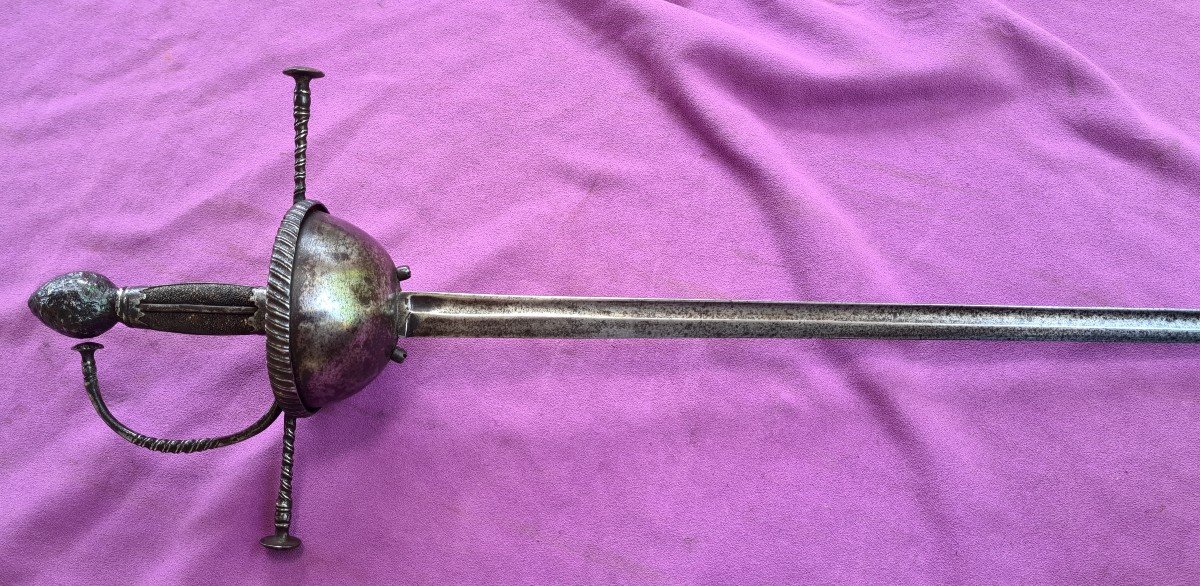




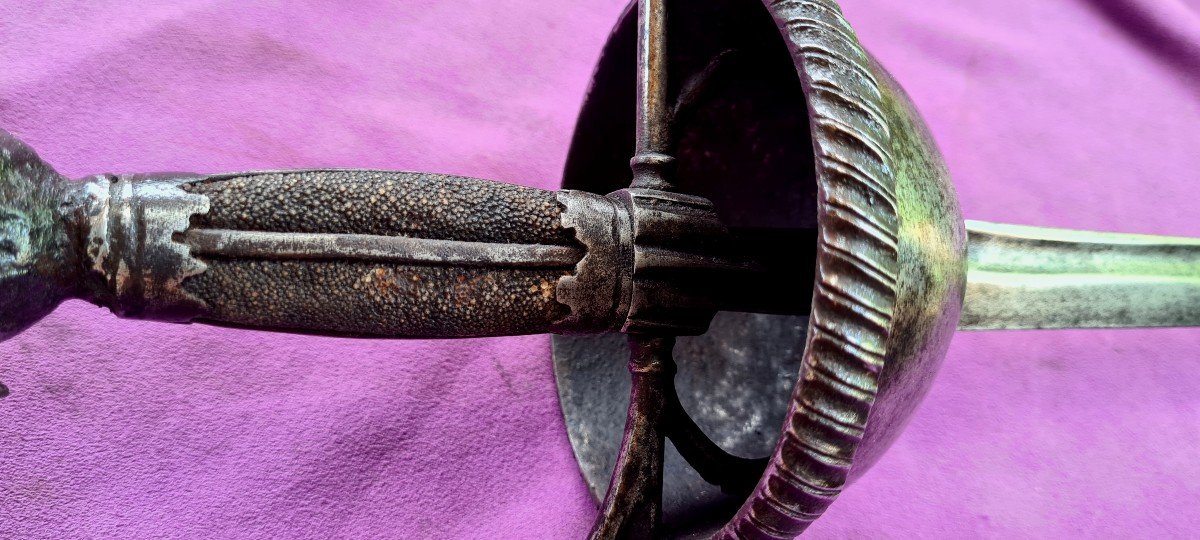
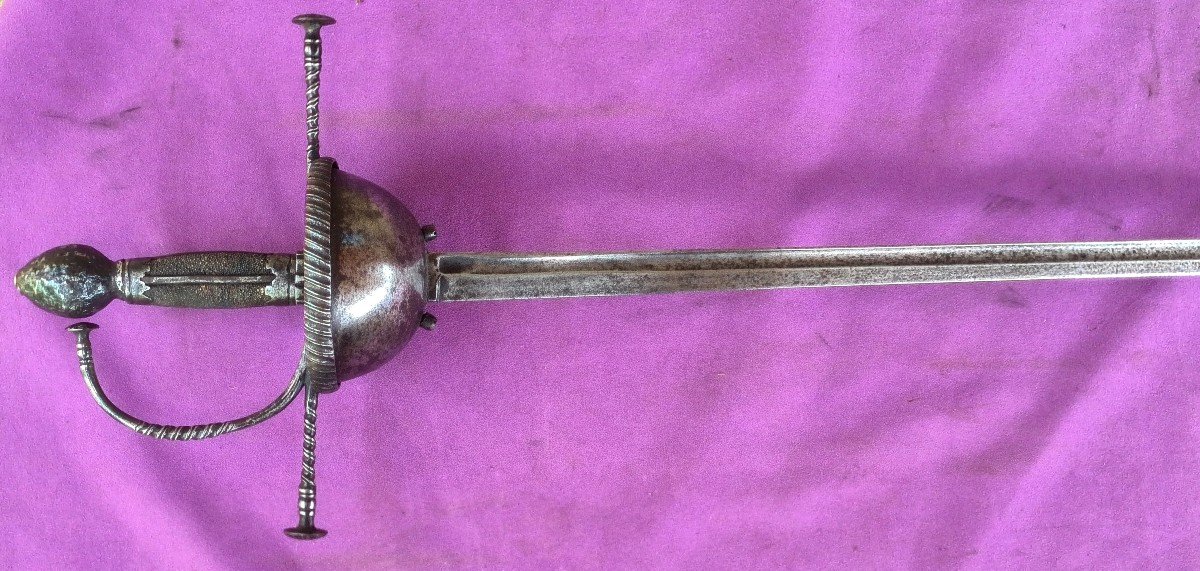
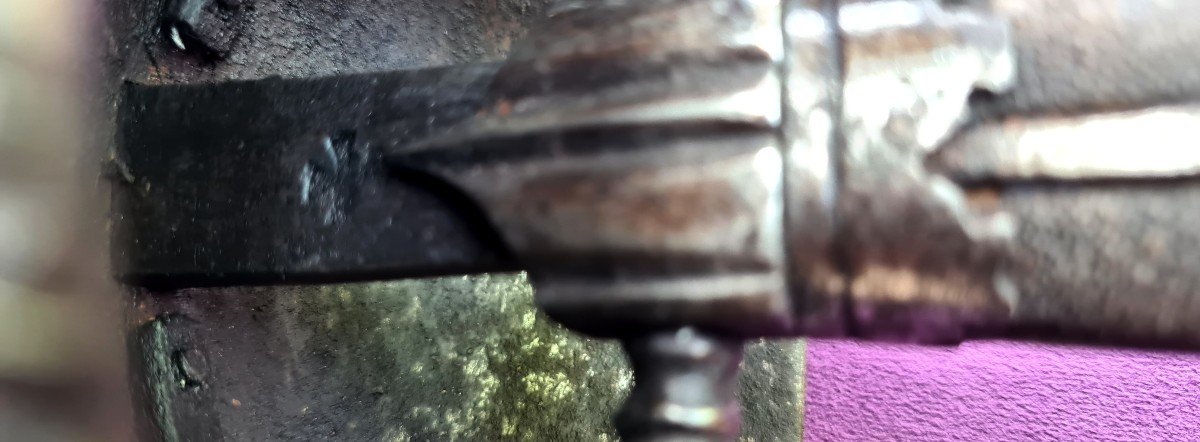














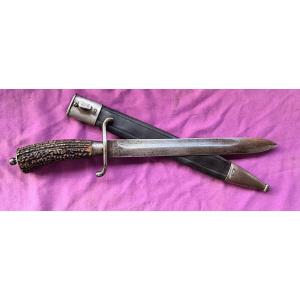


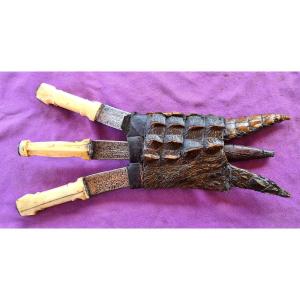


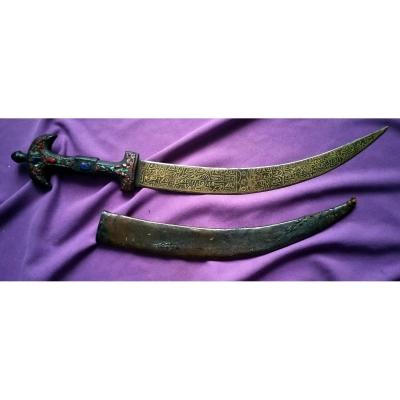
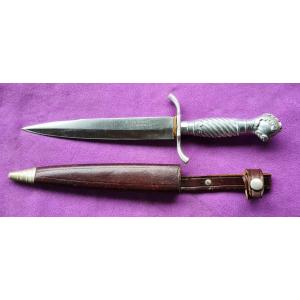
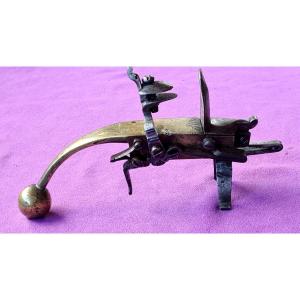






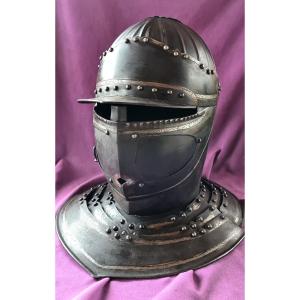
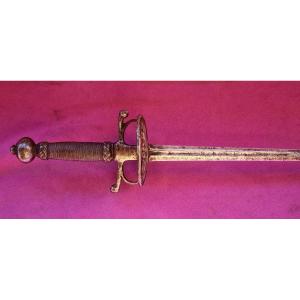
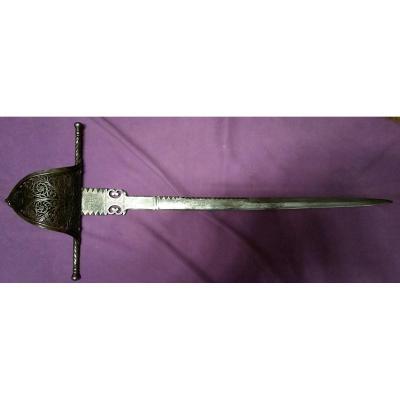



 Le Magazine de PROANTIC
Le Magazine de PROANTIC TRÉSORS Magazine
TRÉSORS Magazine Rivista Artiquariato
Rivista Artiquariato